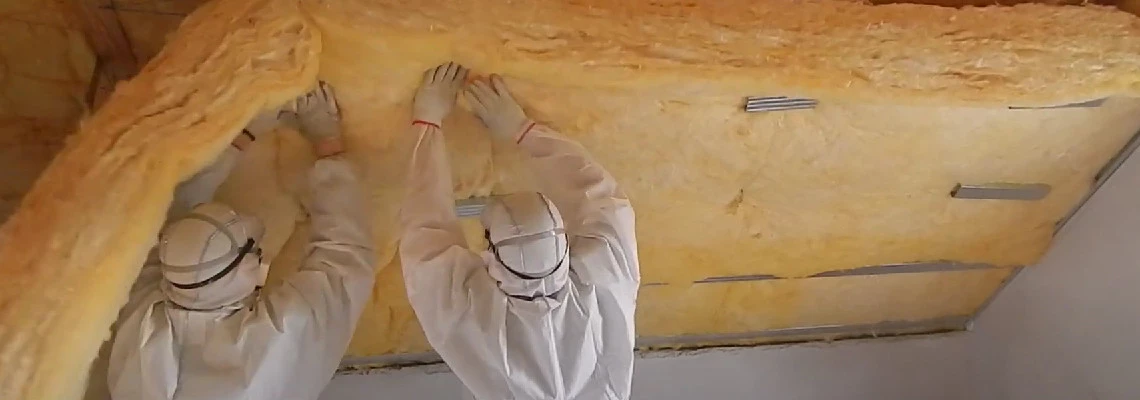
MINERAL WOOL INSULATION - WHAT IS IT MADE OF? THE UGLY TRUTH?*
It is all about insulation today and specifically all about mineral wool. In this situation, we can’t forget the purpose of insulation. In the first place is to address comfort and minimise the heating requirements for our homes. In this article we are going to give you the full lowdown on this type of insulation and what you should know before buying such a product. Let’s dig deeper into the science of how it works, what is made of and what are actually main differences between stone wool and fibreglass insulation.
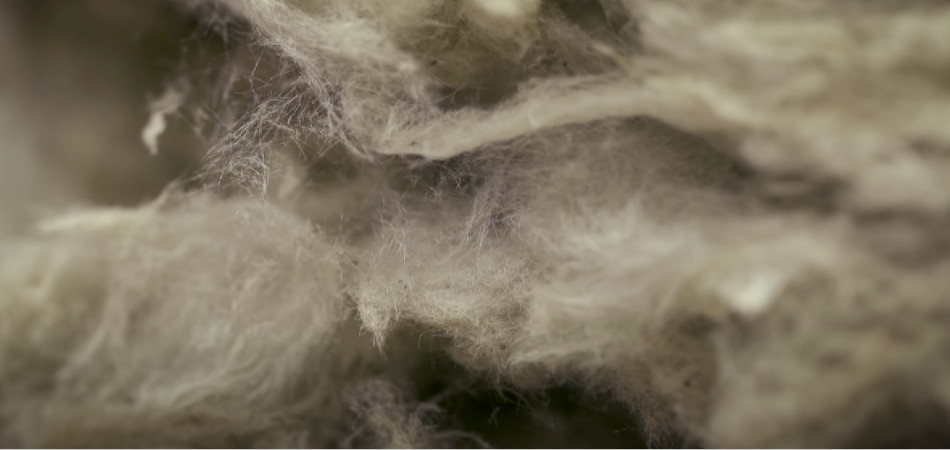
 TABLE OF CONTENTS
TABLE OF CONTENTS
- MINERAL WOOL INSULATION - WHAT IS IT MADE OF? THE UGLY TRUTH?
- WHAT IS MINERAL WOOL MADE OF?
- HOW STONE WOOL IS MADE?
- HOW GLASS WOOL IS MADE?
- STONE WOOL INSULATION vs GLASS WOOL INSULATION
- PRICE
- DENSITY
- INSTALLATION
- WATER
- FIRE
- DOES MINERAL WOOL WORK BETTER THAN FOAM INSULATION?
- IS IT SAFE TO USE MINERAL WOOL INSULATION?
- WILL MINERAL WOOL KEEP MICE AWAY?
WHAT IS MINERAL WOOL MADE OF?
Generally speaking mineral wool is available as glass wool and rock wool. Their name is closely related to the ingredients they consist of. The most common materials used to mineral wool insulations are rocks. Other ways of making mineral wool is by using a spinning slag which is a waste product in the production of steel. It can even be made in combination of molten slag and rocks. Mineral wool insulation is made up of almost 90% of recyclable material and has the consistency of cotton candy. It's called "wool" because that's what it looks like.
HOW STONE WOOL IS MADE?
The most popular manufacturer of stone wool is Rockwool. Stone wool main ingredients are basalt rock, slag, coke and recycled stone wool waste. Basalt rock is the dark igneous rock formed from the rapid cooling of molten lava.

Slag is a byproduct of metals like iron, cooper, lead and nickel.

Cole is grey, hard porous fuel with a high carbon content and few impurities. It is made by heating coal or oil in the absence of air. The recycled waste is crushed down into a fine powder and turned into briquettes.
Basalt rock, slag and the briquettes are grown down, washed and melted with coke at 1500 degrees celcius to form molten lava.
The liquid is spun into fibre-like strands 15-20 micrometres thick. Biding solution made of phenol is added to the fibres to help them stick together. Oil is spayed to enhance water repellency. The tufts of stone wool are carried on a conveyor belt to a pendulum device.

The pendulum moves back and forth spaying the stone wool in layers. Then rollers compress the layers to make them denser. Next they are heated to cure the resin binders.
HOW GLASS WOOL IS MADE?
Glass wool is just another name for fibreglass insulation. The most popular manufacturer of glass wool is Isover and Ursa. Glass wool insulation is made of sand, silicon dioxide, soda ash, limestone and crushed up recycled glass.

Soda ash helps to reduce the sand’s melting point and limestone prevents the glass from dissolving in water. All the ingredients are heated in a furnace to 1700 degree Celcius to make liquid sand or glass.

This is poured into spinning bowls called fiberizers which have thousands of tiny holes. Compressed air rapidly cools down the molten glass creating short strands of glass fibres. They are naturally white or brown in colour but pink or yellow polymer glue is prayed on them giving them the colour that we know.
STONE WOOL INSULATION vs GLASS WOOL INSULATION
Stone wool and glass wool insulation are two of the most common insulation types in residential construction. Rockwool, Knauf, Ursa and Isover are the 4 most popular brands out there. All of them are mineral wool insulation, they’re just made up of different minerals. One is made of stone and rocks and the other is made of glass.
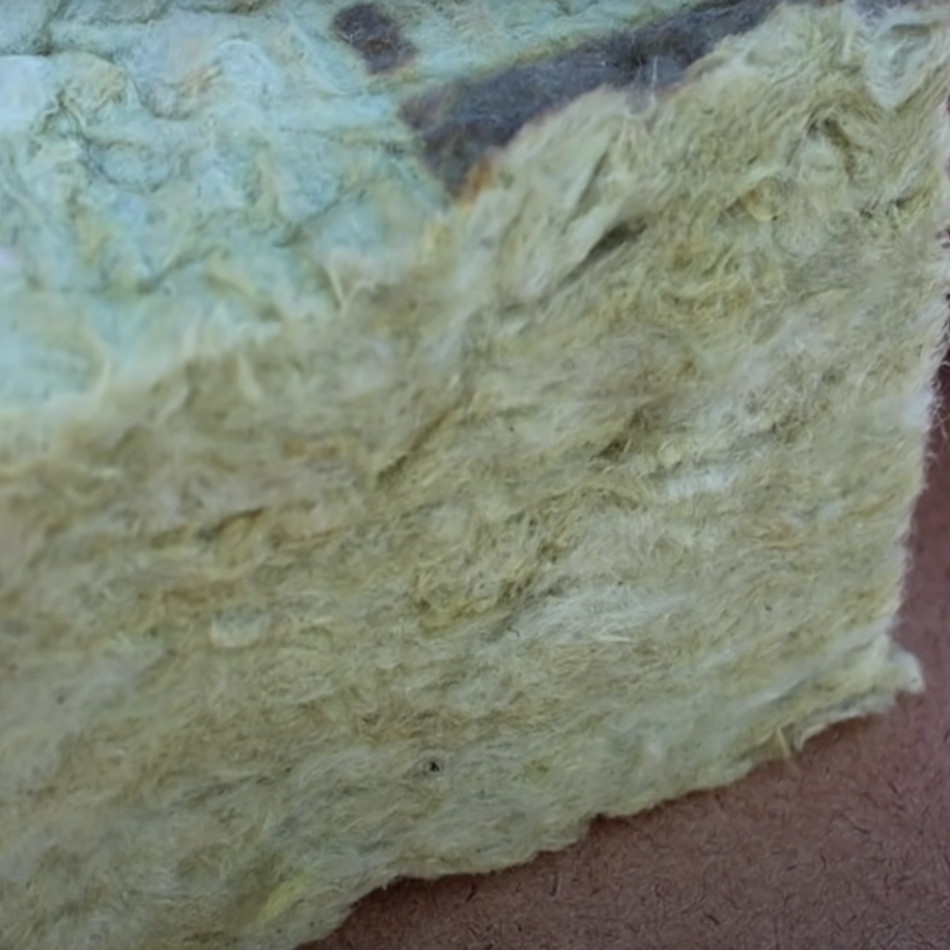
Stone wool
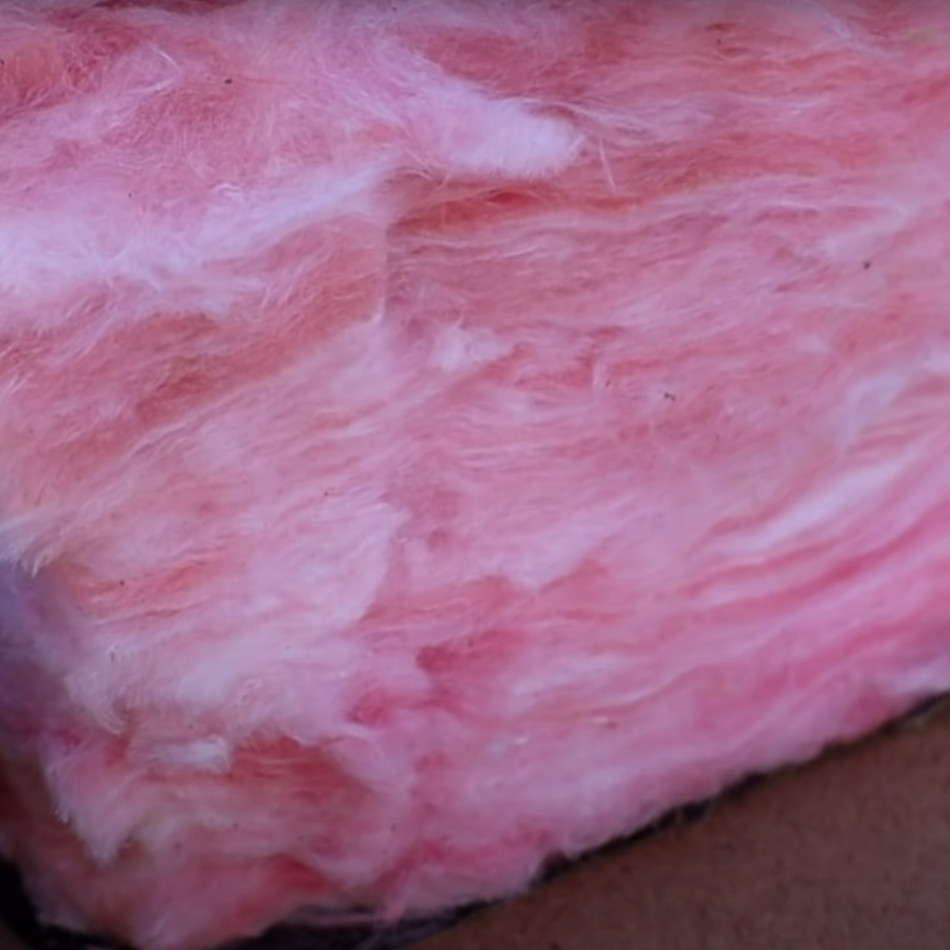
Glass wool
PRICE
The manufacturing principles for both of these types of insulation are very similar even though their ingredients are different. However, stone wool insulation is almost twice as much as fibreglass. So with all of that said, stone wool insulation such as Rockwool is between 60-70% percent more than glass wool insulation. However it is still worth 70%. Why? First is of course soundproofing. Placing mineral wool inside walls instead of glass wool insulation, will greatly help blocking and absorbing sound from transferring into the next room. Adding stone wool will definitely help in terms of not only blocking noise but also deadening the noise and absorbing the sound waves as they go through the walls, ceiling and floors. It is also said that you can recoup the added cost of mineral wool compared to glass wool insulation in only five months. Therefore, it is a good reason to install this type of insulation on your walls.
DENSITY
With stone wool you have less chances of sagging after the project is complete. When the insulation begins to sag it will lose a lot of itself-proofing parts and won’t do much for heat and cold transfer because it’s all sagged up inside the wall. This does not mean that it won’t happen with stone wool insulation. It is basically way less common than fibreglass insulation. Since stone wool is 3 times denser it is also heavier. When the insulation wool is compressed they lose trapped air and the R-value is drastically reduced. Stone wool is stiff, if it is compressed it just bounces back to its original shape. In fact it has greater dimensional stability and lower thermal drift. Fibreglass on the other hand is fluffy, it doesn’t maintain its shape either vertically in walls or horizontally in lofts so its loss of R-value over time is significant. High density of stone wool equals more trapped air and better sound absorption properties than glass wool.
INSTALLATION
Both stone wool and fibreglass (glass wool) are pretty easy to use. While stone wool can be cut with a bread knife, fibreglass can be cut with a stanley knife. Both of these insulation types operate on the insulating property of air trapped between fibres. That is why it is recommended to fluff up the insulation after taking it out of the bag. Stone wool is very dense and rigid compared to glass wool insulation making it much easier to install. Since it is a lot more rigid it is a lot easier to cut. In fact, it can be cut with a bread knife. Therefore it is easier to make those more precise cuts around electrical outlets and block as many air voids where noise could come through. Stone wool is also easier to install because the dense firm product friction fits into place and doesn't require any stapling both on walls and the ceiling.
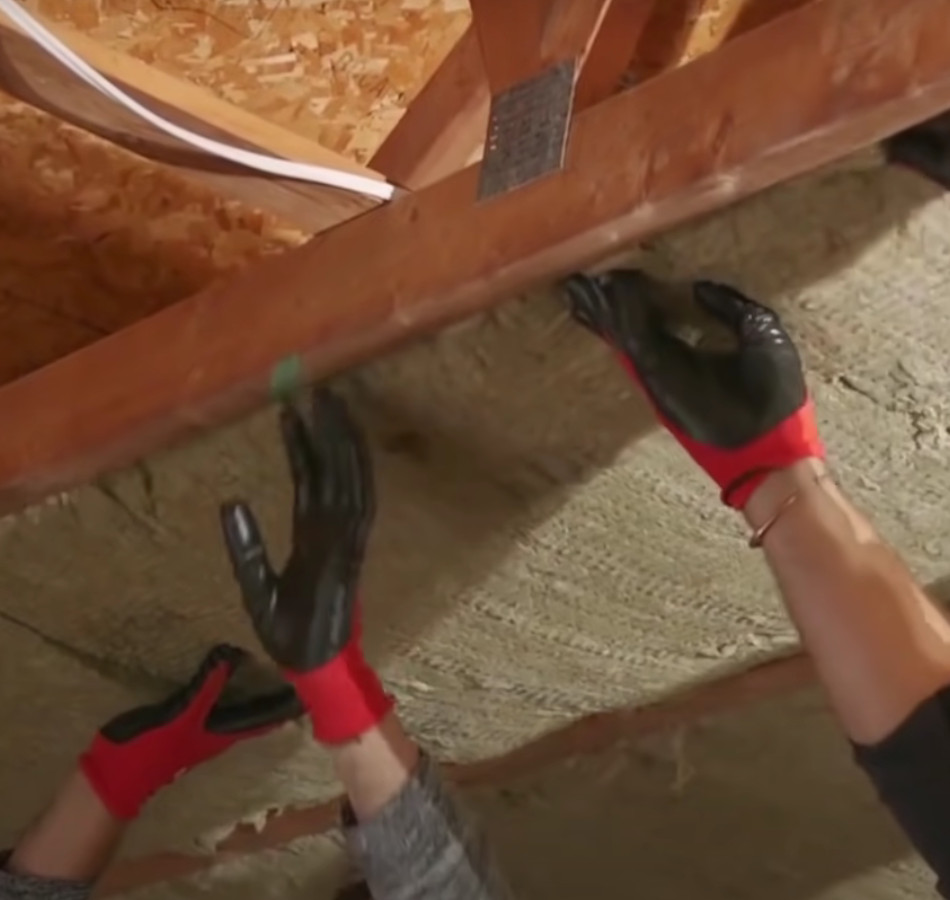
Fibre glass on the other hand needs to be secured with staples or wire.
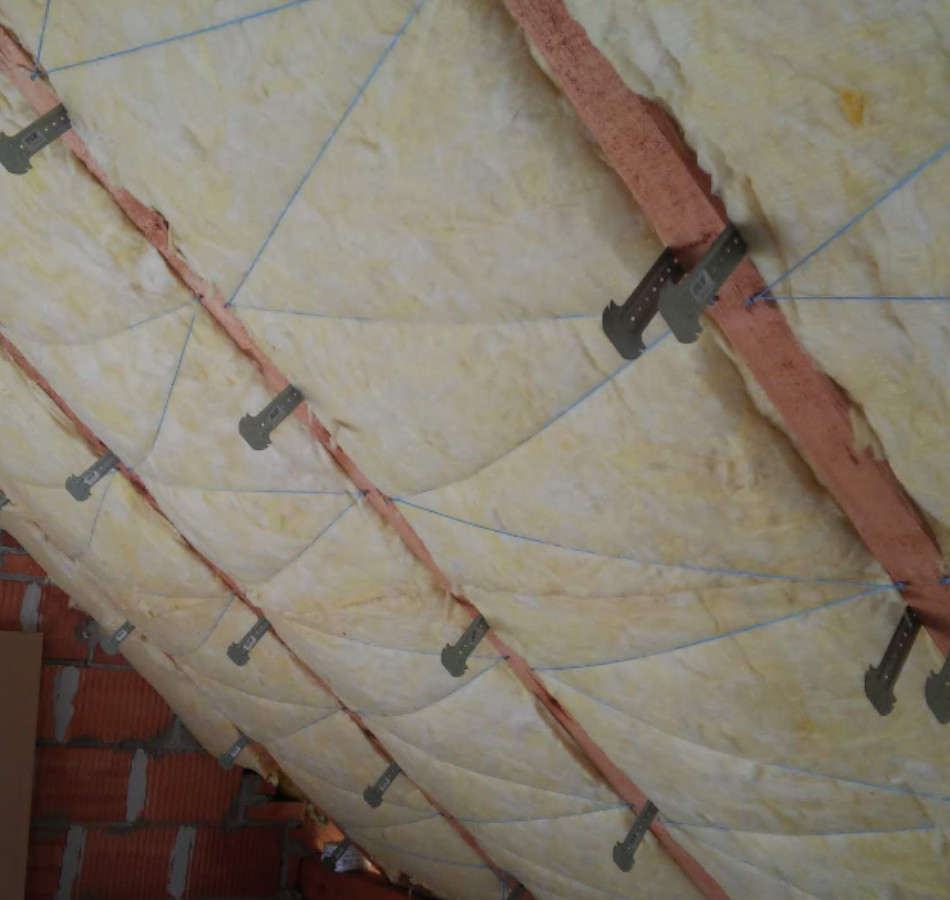
WATER
Stone wool insulation is naturally hydrophobic because it is made of basalt rock. The oil added to the fibres improves its water repellency. That means you don’t have to worry about mould and mildew in the insulation inside your wall. Stone wool is vapour permeable. If it is used as continuous exterior insulation it allows your facade to breathe and dry out. The resistance to moisture means that stone wool doesn’t promote rot, corrosion or bacterial growth unlike glass wool.
Rockwool stone wool allows any moisture to dry omnidirectionally-in other words both ways. Rockwool wool insulation eliminates that risk of moisture problems. It simply does not care where it’s added, doesn’t care what season it is, it can always dry.
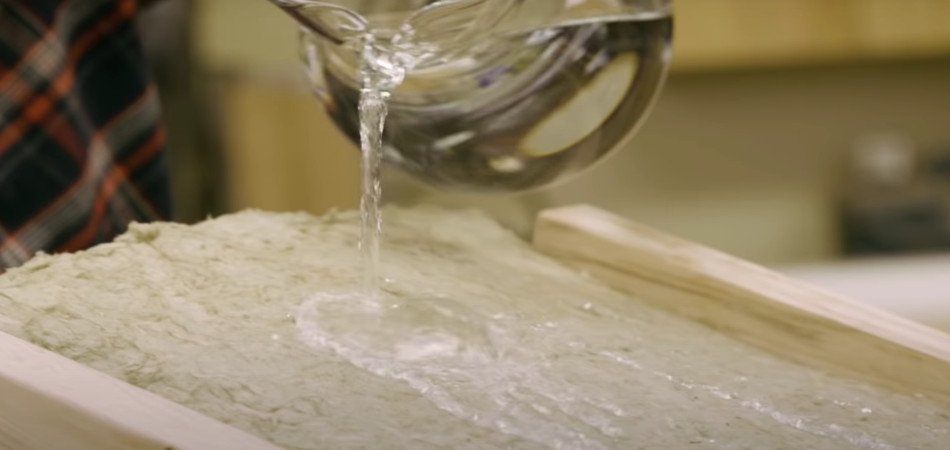
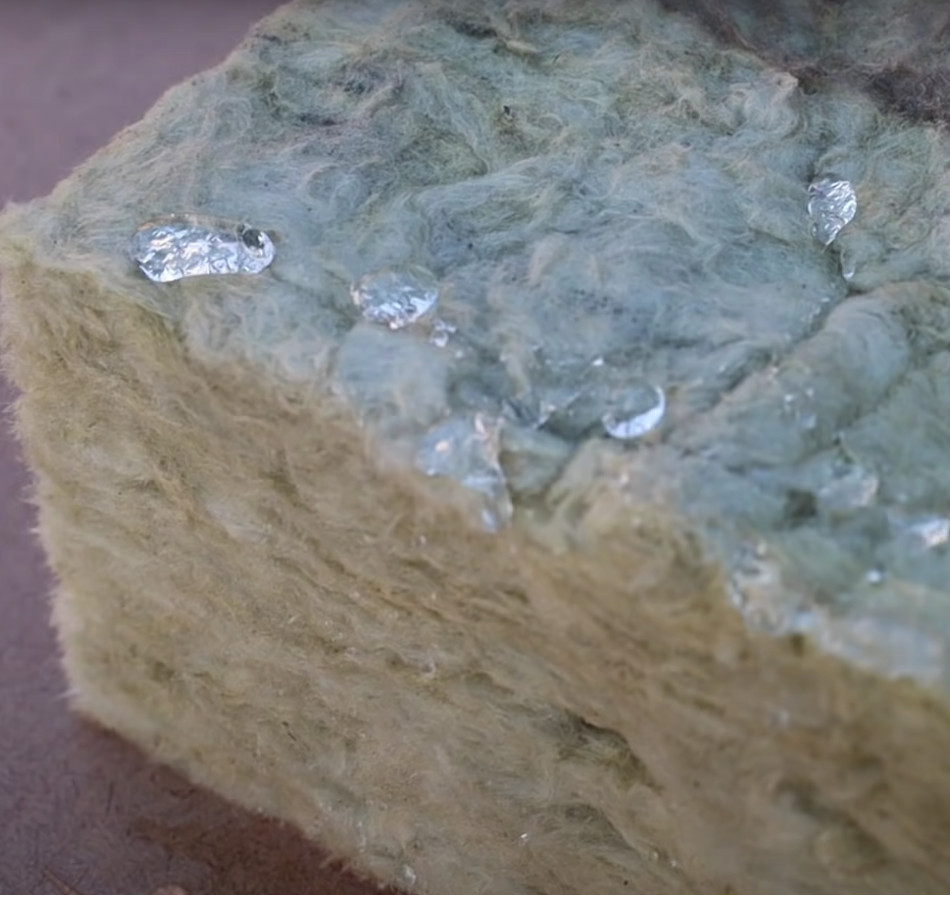
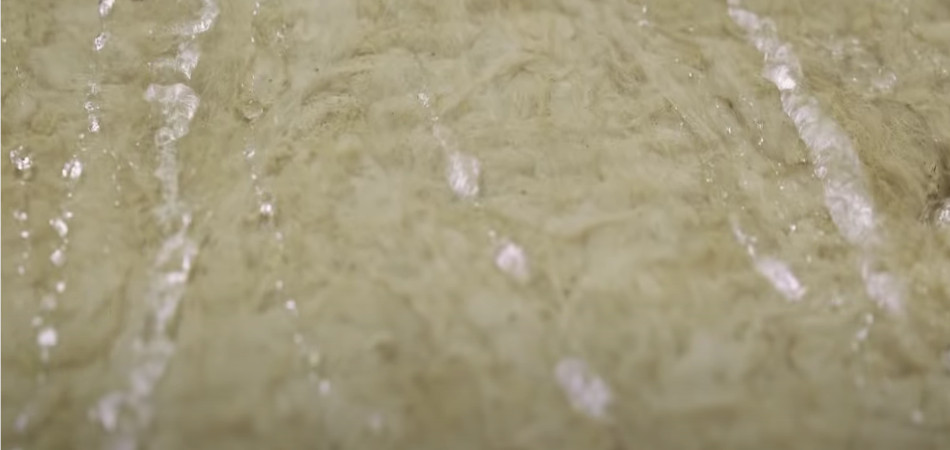
Fibreglass on the other hand isn’t waterproof. It can absorb water and moisture, and become compacted.
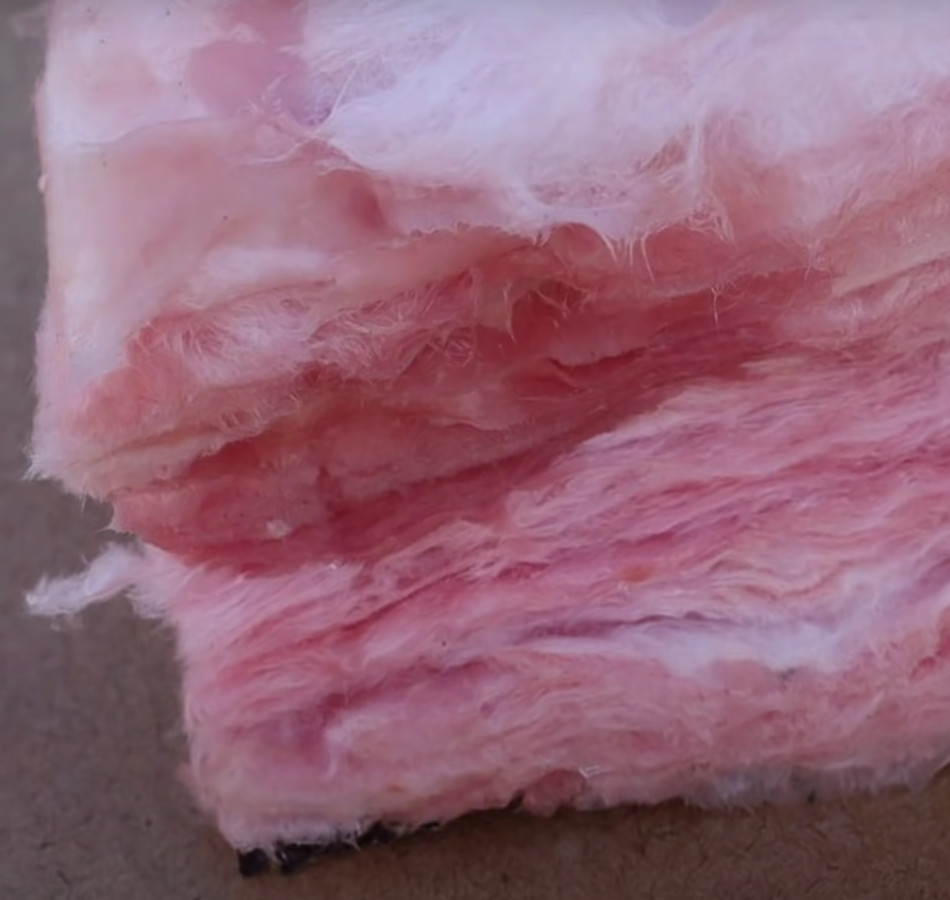
FIRE
Stone wool is naturally fire resistant because it has a high melting point. Fibreglass is not as fire resistant and will burn. Rockwool mineral wool insulation is safe to use because it was basically in a furnace where temperatures were high enough to melt rocks and steel residue making mineral wool incredibly resistant to heat. Therefore it is regarded as a non-combustible material that can easily withstand temperatures of up to 1000 degrees celsius. In other words, it does not really catch on fire and doesn't release harmful gases and smoke when exposed to flames or high heat during house fires.
Because of this fact, mineral wool is often used as a fire barrier between floors of a living space.
It can also slow down the spread of a house fire and give the firefighters more time to get the fire under control and potentially save lives.

Glass wool vs fire
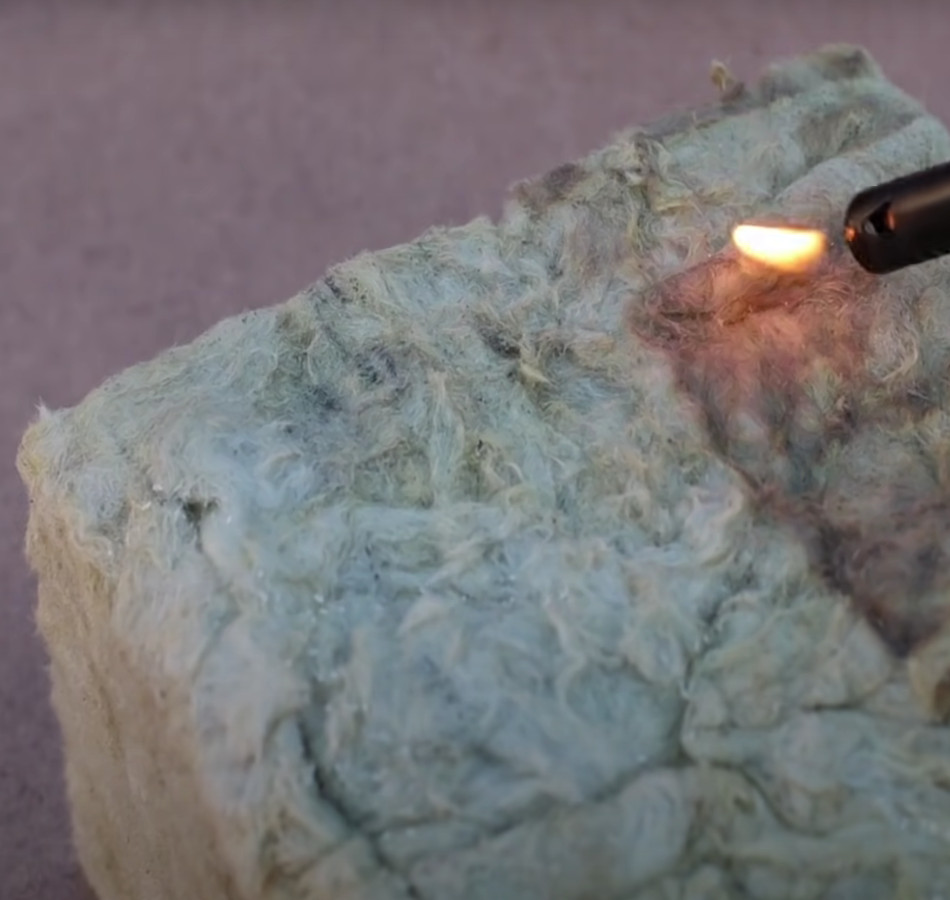
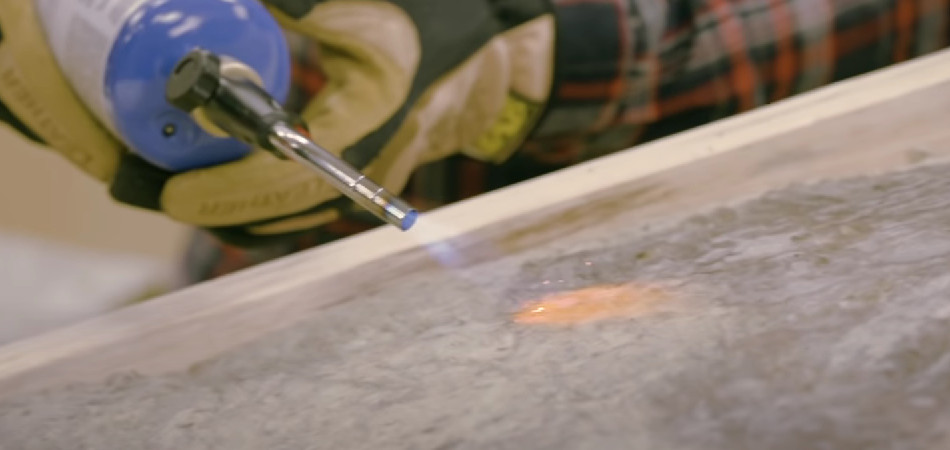
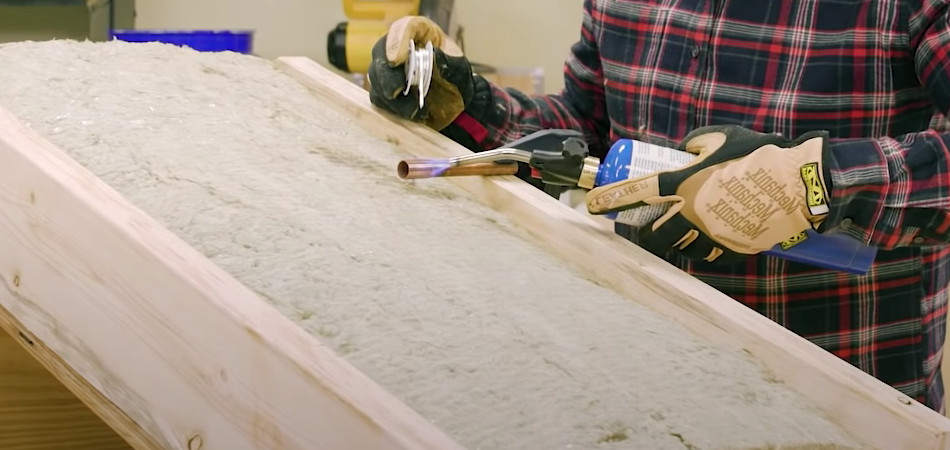
Stone wool vs fire
DOES MINERAL WOOL WORK BETTER THAN FOAM INSULATION?
Mineral wool won't release toxic fumes when it gets hot, or outright catch fire as a lot of foam products do. So yes. If working better includes giving you time to get out in a house fire, it works a lot better.
IS IT SAFE TO USE MINERAL WOOL INSULATION?
Regarding whether it’s safe to use or how it may affect the air quality of space after the installation of this type of insulation. Well, in the past, you would see a lot of mineral wool manufacturers using binding agents to bind the wool together which was made from formaldehyde. This meant that the chemical binders in the mineral wall could put off gas that could harm the installer if they were not wearing an adequate protection mask. A mask should especially protect your lungs.
It could also have an impact on the air quality inside the space where the mineral wool was installed even if the mineral wool is currently behind the drywall in the wall cavity.
In today’s world mineral wool insulation is much safer. Rockwool is one of the more recognizable brands when it comes to mineral wool and acoustic insulation. Thankfully their products have newer production techniques that are green guard gold certified. However it's a great idea to wear a proper mask, safety glasses and gloves during the installation process.
WILL MINERAL WOOL KEEP MICE AWAY?
House mice often tunnel and nest in insulation within wall spaces and ceilings. These activities result in the compaction, destruction and often removal of insulation. Generally speaking Insects don't like mineral wool.

In fact, research developed that a significant number of house mice live-trapped have been found dead in mineral wool insulation during a 6-month period. Rock wool insulation (18-29 deaths), fiberglass (9-22), foam insulation (6-27). However, the best way to protect your insulation from mice is to keep them out of it in the first place. They'll eat just about anything as they try to get to "real" food.

BIBLIOGRAPHY:
Picture credits:
1.youtube.com, Belinda Carr, ‘Mineral wool vs fiberglass insulation | everything you need to know’, 3-1-1992, mpeg, accessed December 02 2022
2. Hygnstrom Scott E., University of Nebraska - Lincoln, ‘IMPACTS OF HOUSE MOUSE A S OF HOUSE MOUSE ACTIVITY ON FIVE TYPES OF INSULATION’, pdf, accessed December 2, 2022.
3. youtube.com, Lowe's Home Improvement, ’Why It Works: ROCKWOOL Stone Wool Insulation’, mpeg, accessed December 6, 2022
Related articles:
HOW TO CUT FIBREGLASS INSULATION
ROCKWOOL® HEAVY DENSITY INSULATION
BUILDING REGULATION PART L CHANGES
*All the information provided in the content published on Insulationgo blog is for informational and educational purposes only. Insulationgo LTD makes every effort to ensure the accuracy and timeliness of the content, but we do not assume any responsibility for any errors or omissions.
The information presented on this blog should not be considered as professional advice or a substitute for consulting relevant experts. Before making any purchase decisions or taking action based on the information presented here, it is strongly recommended to contact the product manufacturer directly to verify the details and ensure its suitability for your specific needs.
By using this blog, you acknowledge and agree that Insulationgo LTD shall not be held liable for any damages, losses, or inconveniences arising from the use or reliance on the information provided herein. This limitation of liability applies to all users of the blog, including but not limited to visitors, readers, and subscribers.










































































































